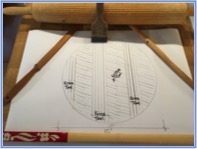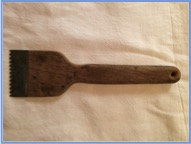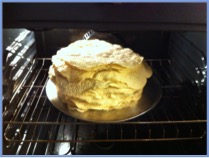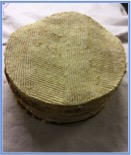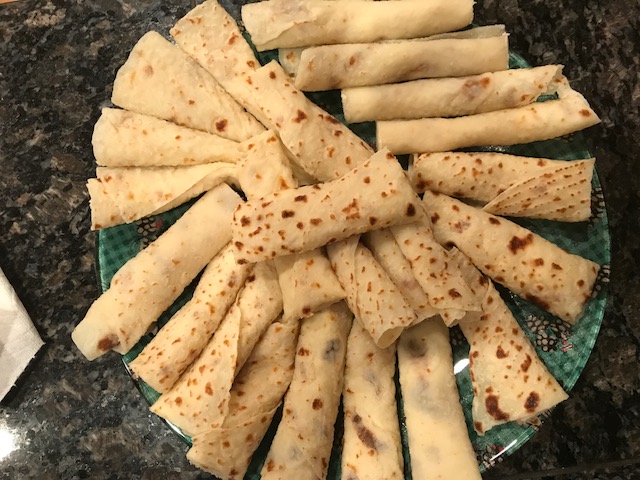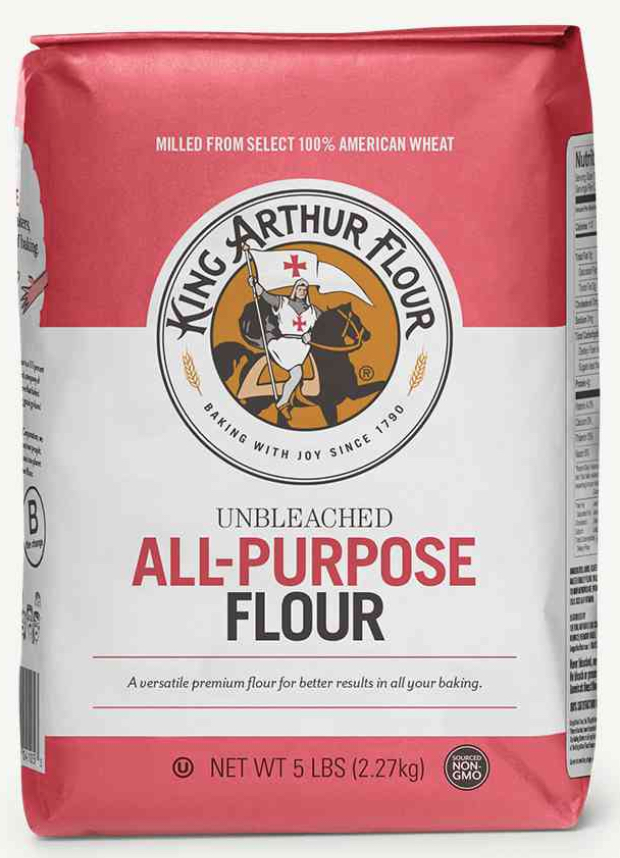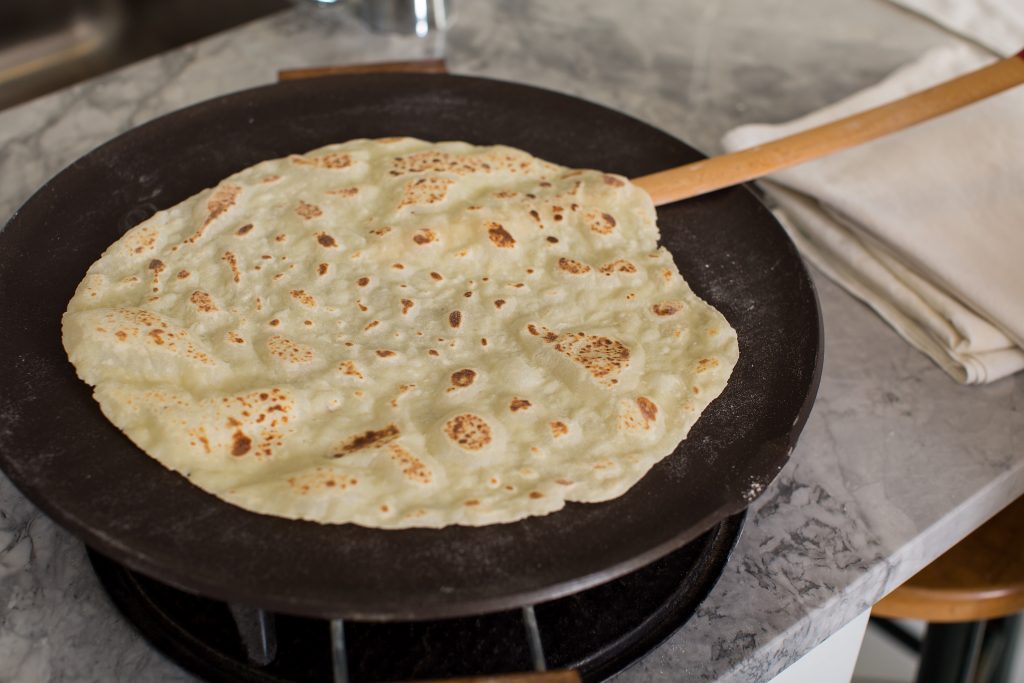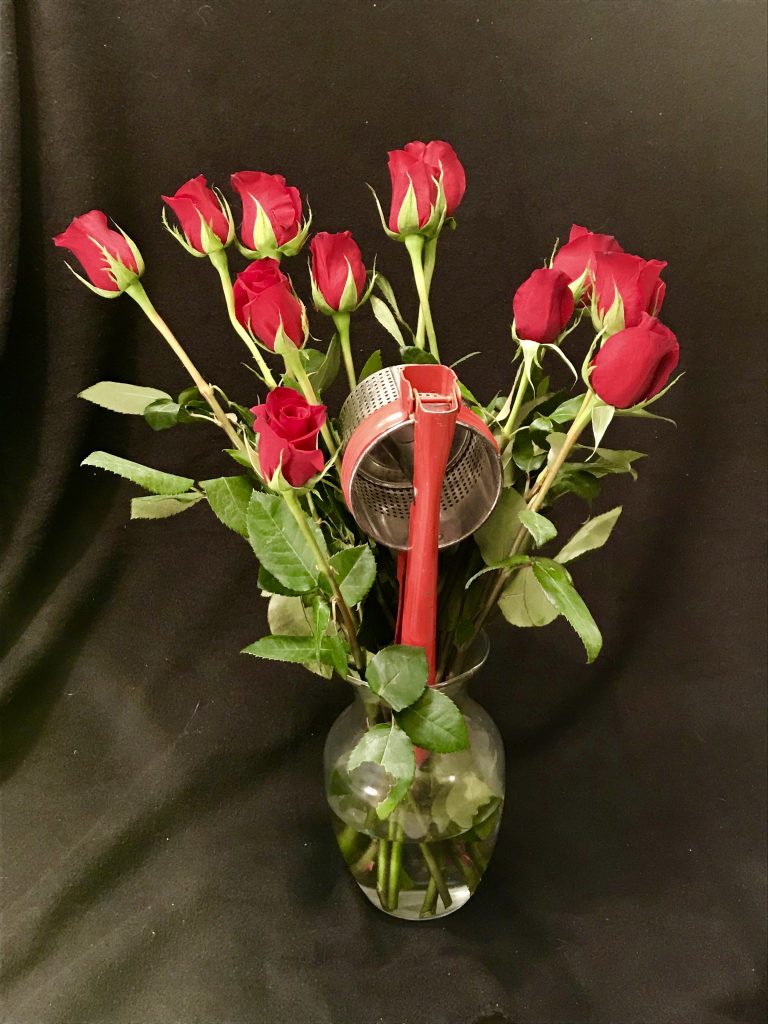
Gary’s note:
Roses are red
Ricers are, too!
Give one to your luv
And make lefse for two!
Becky Latka is back, blogging away about her colorful collection of 50 vintage ricers. This is a very RICE story that begins when Becky was in grade school.
I love vintage kitchen utensils in a variety of colors, and I love lefse. So my obsession with colorful vintage potato ricers is a no-brainer.
My first two ricers were red, both from my Grandma Skarstad and used for making lefse with the whole family when I was in grade school. I thought all potato ricers were red until I was in my 20s and saw a green one in an antique store. But my obsession didn’t begin then, and I didn’t buy that green ricer.
It was years later when I started making lefse with my children that I realized I needed more than my two red ricers. Ricing always seemed to be a bottleneck in the process of making lefse, the result of owning a limited number or ricers. I started asking friends to join me at my lefse-making events, and I increased the amount of potatoes we’d process into lefse. My friends were willing to help, and it was clear we needed more ricers!
I bought a couple brand new ricers. They were not colorful, and I wasn’t happy with the newer models. One had aluminum handles that bent after a few attempts at ricing potatoes. The other had holes in the basket that were too small, which caused too much of the potato to be trapped and wasted. Grandma’s ricers worked best. If only I could find more like hers!
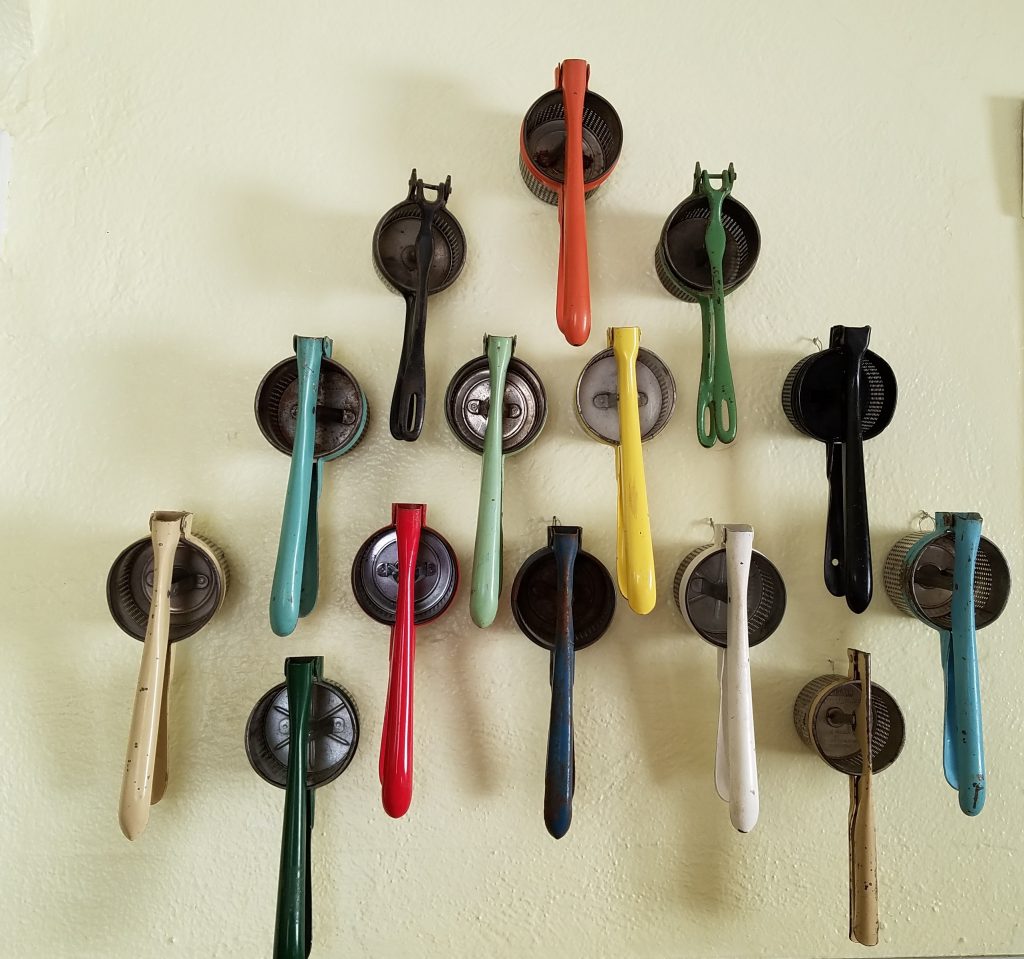
Buying Binge
I started buying “old school” colorful ricers whenever I’d find them in antique stores (not often in Nebraska, a state practically devoid of Norwegians). Red ricers were still the most common followed by green. Then I found black and blue and beige, and over the years I’ve added orange, yellow, teal, and white! Most of the vintage ricers are similar in style to my Grandma’s, but there are two other vintage styles that I find less often. One is cast iron with narrower handles (for small hands), and the other has a thin area on the top handle over the basket.
As family and friends learned about my ricer collection, I started receiving ricers as gifts. I was accumulating so many ricers that I had to establish criteria for purchasing additional ricers. They needed to be a color I didn’t have, or they had to be marked at a price too good to pass up.
I have ricers hanging on my kitchen wall, on my basement shelves, and in a vintage aluminum bowl as a centerpiece. I have red ricers that are only used for lefse-making, ricers that I will part with as gifts, and ricers that I sell at The Lefse Shoppe. I have 50 ricers, including one recently sold and another recently purchased.

I love vintage items, but especially items that are still useful. To some, my ricers may be clutter, but not to me — not as long as they spark joy and loving memories. And not as long as they have a superior design and are more efficient than any modern ricer. What’s not to love?

